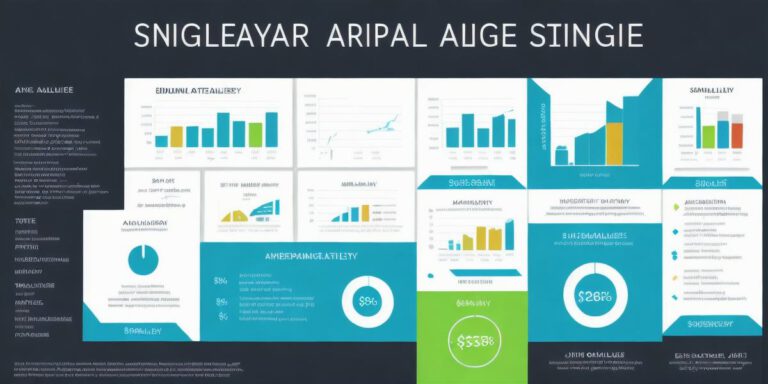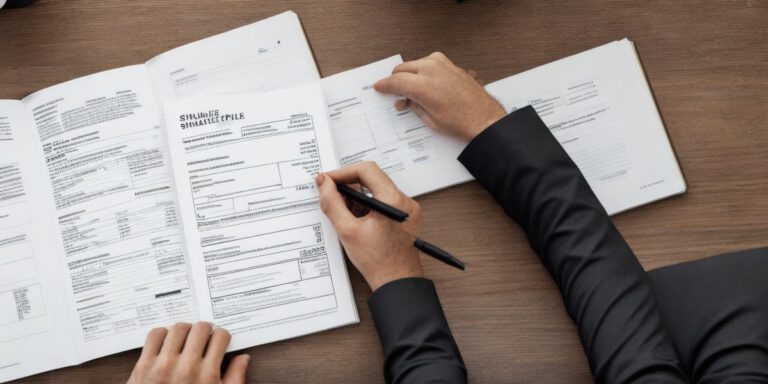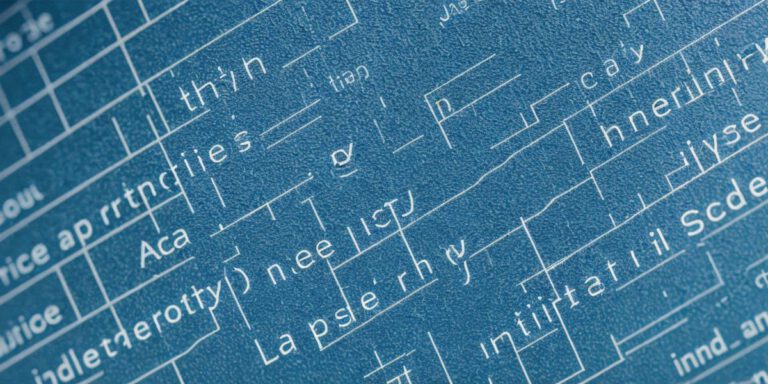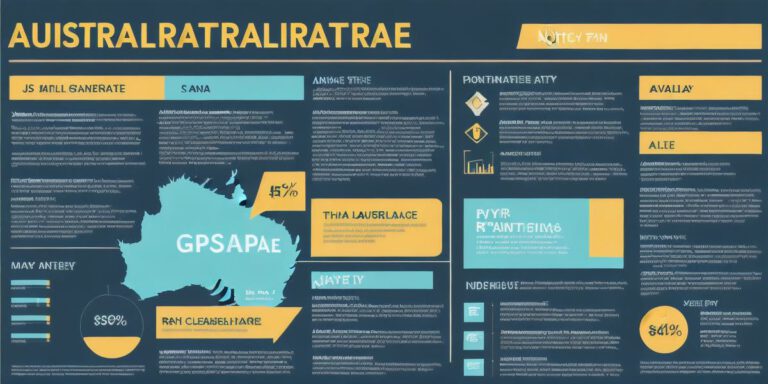Introduction
In today’s fast-paced world, it can be easy to get caught up in the illusion of success and prosperity. We are constantly bombarded with messages telling us that we can have anything we want if we just work hard enough and believe in ourselves. But what if this belief is costing us more than we realize? In this article, we will explore the true cost of make believe and how it’s affecting our lives.
The Rise of Make Believe
Make believe has been around for centuries, but it’s only in recent years that it’s become such a pervasive part of our culture. From motivational speakers to self-help books, we are constantly told that we can achieve anything if we just believe in ourselves. This message has become so popular that it’s now considered a form of self-care and personal development.
The Science Behind Make Believe
The science behind make believe is fascinating. Research shows that our brains have the power to create beliefs that shape our reality. When we hold onto a belief, our brain releases chemicals that make us feel good about ourselves and our ability to achieve our goals. This can lead to increased confidence, motivation, and even physical health benefits like lower stress levels and better sleep.
The Cost of Make Believe
Despite the benefits of make believe, there are also significant costs to consider. For one, it can be a dangerous form of escapism that prevents us from facing our problems head-on. When we focus too much on making ourselves feel good, we may ignore important issues that need attention. This can lead to missed opportunities and even harm to ourselves or others.
Another cost of make believe is that it can create unrealistic expectations that are impossible to achieve. For example, if we believe that we can have the perfect body, relationship, or career without working for it, we may become disappointed when our goals don’t materialize as quickly as we expected. This can lead to feelings of inadequacy and a lack of self-esteem.
Case Studies
There are many real-life examples of how make believe has affected individuals and society as a whole. One well-known example is the housing market crash of 2008. Many people believed that they could afford to buy homes with little down payment and no credit checks. This led to a massive bubble in the housing market, which eventually burst and caused widespread economic devastation.
Another example is the rise of social media influencers. While some influencers promote healthy lifestyles and self-care, others create unrealistic expectations around appearance and success. When people follow these influencers, they may feel like they are not doing enough or looking good enough, leading to feelings of inadequacy and low self-esteem.
Summary
Make believe can be a powerful tool for personal growth and development, but it’s important to use it wisely. By recognizing the true cost of make believe, we can avoid falling into its traps and instead focus on creating a more realistic and fulfilling life. As author J.K. Rowling once said, "Happiness can be found even in the darkest of times if one only remembers to turn on the light." So let’s turn off the make believe and embrace the reality of our lives with open arms.
FAQs:
- What is make believe?
Make believe is a belief that shapes our reality based on our own perceptions and desires, rather than objective facts or evidence. - Is make believe harmful?
While make believe can be beneficial in some ways, it can also create unrealistic expectations and lead to negative consequences if used excessively. - How does make believe work?
Make believe works by activating specific areas of the brain that release chemicals associated with positive emotions and beliefs about our ability to achieve our goals.







+ There are no comments
Add yours